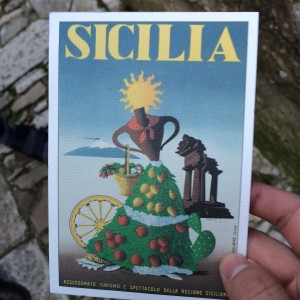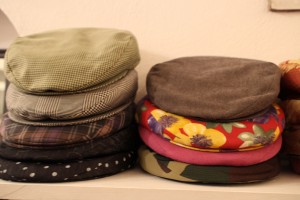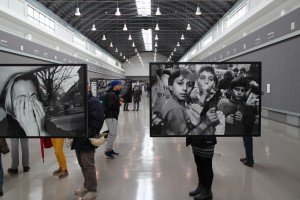 Stepping away from the mafia, I found this postcard while we were walking around Erice. While on the one hand it evokes Josephine Baker and her famous and problematic banana skirt, on the other it encapsulates everything I studied in my independent study this past fall.
Stepping away from the mafia, I found this postcard while we were walking around Erice. While on the one hand it evokes Josephine Baker and her famous and problematic banana skirt, on the other it encapsulates everything I studied in my independent study this past fall.
Italian Unification with the Risorgimento is considered by some colonialist as the south was drawn into northern Italy more or less against its well. As Northern Italy modernized and industrialized, the South was a font of natural resources and agriculture upon which the North depended. Furthermore, Italy also found itself in the throes of a debate in greater Europe: where does Europe end? For many, Italy, Spain, and Greece represent a liminal zone between Europe and Africa. In order for the industrial Northern Italians to aspire to northern ideals, a line is drawn, splitting the peninsula in half somewhere around Rome, Naples, or even Florence depending on the depiction.
In order to rarefy the South, the North has used an easily identifiable semiology and grammatical. The South is pastoral and beautiful. The North is urban (read: civilized) and less beautiful. The South is innocent, the North has civilization.
In this postcard, Sicily is identified by all of its symbols, which deny any of its associations with modern civilization. We see symbols of nature an agriculture with the sun, conch, tree, fruits, fish, and of course Mt. Etna (symbol for the indomitable southerners). The wheel of the Sicilian horse carriage is a quaint gesture to the past and the temple points to the island’s antiquity. Here we see no Baroque cities, no third largest theater in Europe, no Norman mosaics. Instead, the rugged, exotic picturesque.
 As a Sicilian-American, I remember my grandmother getting upset whenever people would ask her about the mafia as soon as she mentioned she’s Sicilian, as for so many people the mafia is all they think of when they consider Italy, especially Sicily. Our visit to the Coppola Storta was one of my favorites. The owner taught us about this hat which is traditionally popular among mafiosi. His store is part of a project in which people reclaim this hat from mafia iconography and instead own it as something for everyone. Today, people can send in old fabrics or materials and have them custom made into a coppola. While the store was making an appeal to tourists (the owner offered us half off during the tour), as a souvenir a coppola is much healthier for Sicily’s image than The Godfather aprons and mafiosi magnets that proliferate throughout the island.
As a Sicilian-American, I remember my grandmother getting upset whenever people would ask her about the mafia as soon as she mentioned she’s Sicilian, as for so many people the mafia is all they think of when they consider Italy, especially Sicily. Our visit to the Coppola Storta was one of my favorites. The owner taught us about this hat which is traditionally popular among mafiosi. His store is part of a project in which people reclaim this hat from mafia iconography and instead own it as something for everyone. Today, people can send in old fabrics or materials and have them custom made into a coppola. While the store was making an appeal to tourists (the owner offered us half off during the tour), as a souvenir a coppola is much healthier for Sicily’s image than The Godfather aprons and mafiosi magnets that proliferate throughout the island.